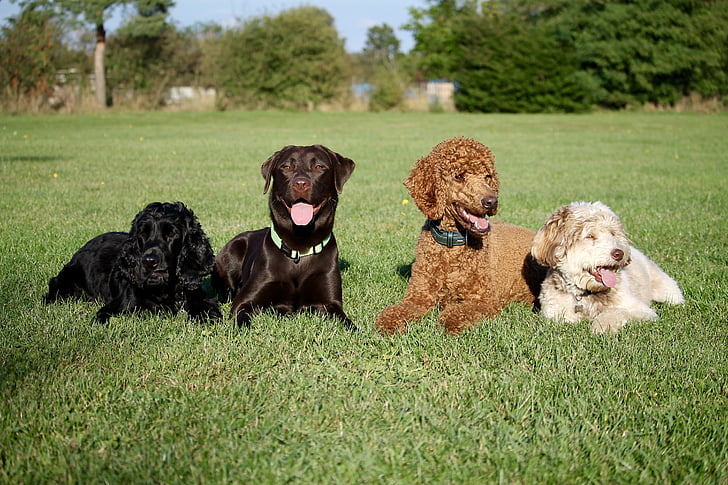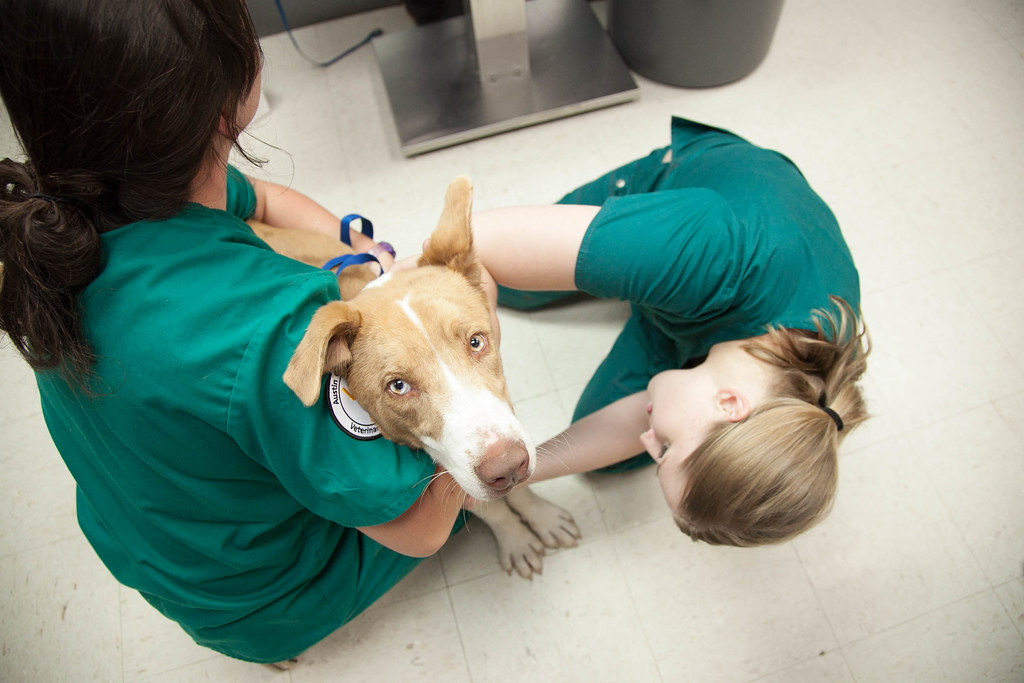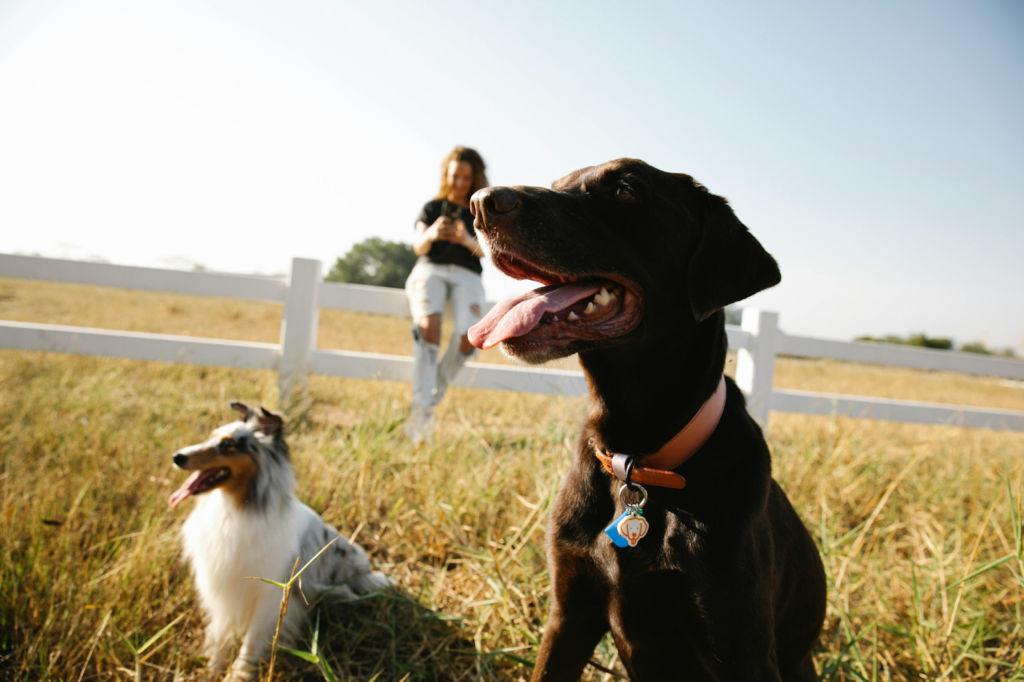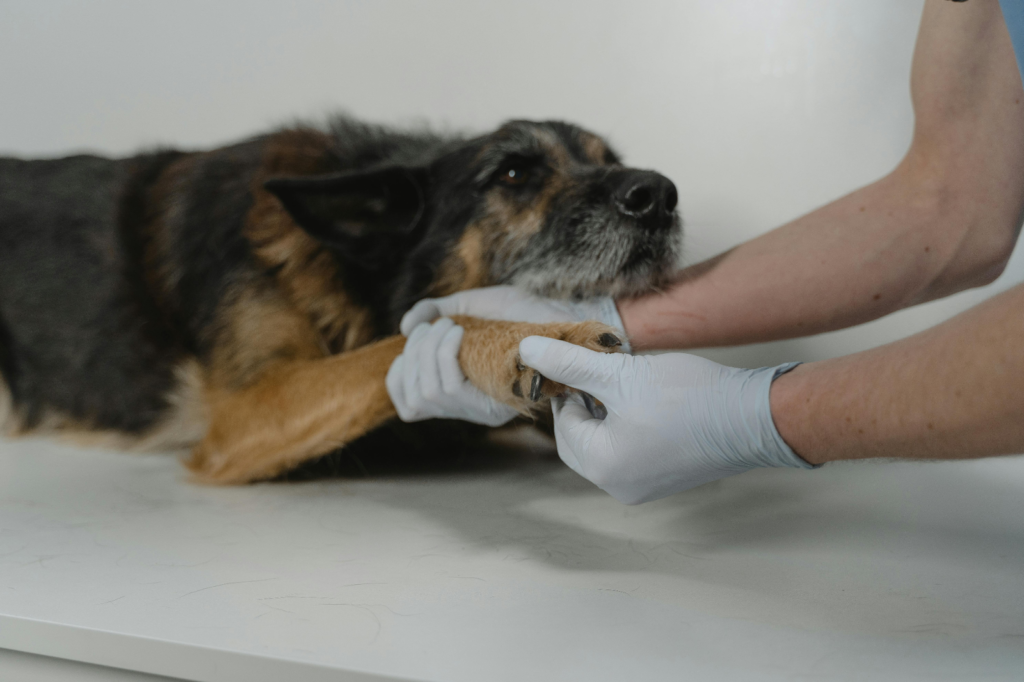The idea that one dog year equals seven human years has been around for decades, but science shows it’s not that simple. Dogs age differently based on their breed, size, and overall health, making their aging process far more nuanced. Here are 12 surprising facts that bust the “seven human years” myth and reveal the truth about how dogs age.
1. Dogs Age Faster in Their First Two Years

iStock
Dogs experience rapid development during their first two years of life, which is why they age much faster in this early period. By the time a dog hits one year old, they’re roughly the equivalent of a 15-year-old human in terms of physical and sexual maturity—basically, a teenager in dog terms! By the time they reach two years old, they’re closer to the maturity level of a 24-year-old human. This fast-paced early growth means that the “puppy phase” doesn’t last nearly as long as you might expect. As a dog owner, this is the perfect time to provide solid nutrition, socialization, and medical care, setting up the foundation for a long, healthy life.
2. Size Matters in Aging

Needpix.com
One of the most interesting factors affecting how a dog ages is its size. Generally, smaller dogs tend to live longer and age more slowly than larger breeds. For example, a Chihuahua can live up to 20 years, while a big dog like a Great Dane might only live 7-10 years. Larger breeds mature faster both physically and mentally, but their shorter lifespan means they hit their senior years much earlier. This means the “human age equivalent” can vary wildly depending on size. Knowing this, dog owners can adjust care and expectations to give each breed the best quality of life at every stage.
3. Different Breeds, Different Timelines

PickPik
When it comes to aging, breed is just as important as size. Larger breeds like Saint Bernards mature quickly and show signs of aging much sooner than smaller breeds, like Dachshunds, who tend to age more slowly. Some breeds are genetically predisposed to certain health conditions, such as joint problems or heart disease, which can lead to them showing signs of aging earlier than others. By understanding the unique aging process of your dog’s breed, you’ll be better prepared for potential health issues and can take preventive measures to help your dog live their best, longest life.
4. The 7-Year Rule Was a Marketing Gimmick

Flickr
The “one dog year equals seven human years” rule was never scientifically backed. It originated as a simple way to encourage pet owners to take their dogs to the vet at least once a year, but it’s far too simplistic to be accurate. The formula doesn’t account for the many factors that influence aging, like breed, size, or individual health. Nowadays, vets take a much more personalized approach, tailoring care to each dog’s needs rather than relying on outdated myths. Instead of thinking in terms of “human age equivalents,” it’s best to give your dog the best care possible based on their specific stage of life.
5. Middle Age Arrives Sooner Than You Think

iStock
Middle age creeps up on dogs quicker than most owners expect. For many dogs, especially large breeds, middle age can begin as early as 4 years old. Smaller dogs, on the other hand, may not enter this stage until they’re around 8 or 9. You’ll start to notice some telltale signs of middle age, such as reduced energy, joint stiffness, and maybe even some graying around the face. By recognizing these changes early, you can adjust their diet, exercise routines, and veterinary care to make sure they remain comfortable and healthy as they enter this new chapter of their lives.
6. Aging Rates Vary Throughout a Dog’s Life

Pexels
Dogs don’t age at a consistent rate, which is one reason the “seven-year rule” is so misleading. In their first few years, dogs age quickly—especially during their puppyhood. But once they hit adulthood, their aging process slows down significantly. As they reach their senior years, aging speeds up again, often due to the development of health issues like arthritis or kidney problems. This erratic aging process means that pet owners need to stay proactive in terms of check-ups, proper diet, and mental stimulation to ensure their dog stays healthy through each stage of life.
7. Lifespan Doesn’t Always Correlate with Size

iStock
While size is a common predictor of lifespan, there are some exceptions to the rule. Smaller breeds, particularly mixed-breeds, often live longer than larger purebred dogs, but it’s not all about size. Environmental factors, nutrition, and overall care play huge roles in how long a dog lives. For example, a well-cared-for large breed dog may outlive a poorly maintained smaller breed. This proves that providing a good diet, regular exercise, and emotional enrichment is just as important as their size when it comes to determining how long they’ll live.
8. Dental Health Reflects True Age

Wikimedia Commons
If you’ve ever wondered how to estimate your dog’s age, take a look at their teeth. Puppies have baby teeth until about six months old, but as dogs age, their teeth often show signs of wear and tear. Tartar buildup is common in older dogs, and worn-down teeth often indicate that your dog is in their senior years. Oral health can significantly impact a dog’s overall health, too—poor dental hygiene can lead to infections or other systemic issues. Regular dental checkups and cleanings, combined with daily at-home dental care, can make a real difference in the length and quality of your dog’s life.
9. Senior Dogs Need Extra Care

Pexels
As your dog enters their senior years—around 7 years old for large breeds or 10 years old for smaller dogs—it’s time to make some adjustments. Senior dogs often need more specialized care to stay comfortable and healthy. This could mean a tailored diet that supports their joints, more frequent vet visits, and a shift to gentler exercise routines. Many senior dogs also benefit from joint supplements, softer bedding, and more frequent breaks during playtime. By recognizing the signs of aging and adjusting your care accordingly, you can help your senior dog live out their golden years happily and comfortably.
10. Advances in Veterinary Science Are Extending Lifespans

Pexels
Thanks to advances in veterinary care, dogs are living longer, healthier lives than ever before. From improved nutrition to better preventive care, the science of pet healthcare has come a long way. Modern vets now have access to advanced diagnostic tools and treatments that weren’t available just a few decades ago. This means that with the right care, many dogs live longer and experience fewer health problems in their senior years. Staying informed about these advances helps owners make better choices for their dogs, ensuring they live their lives to the fullest.
11. Lifespan Predictions Are Becoming More Precise

Rawpixel
Thanks to innovations like genetic testing and advanced health screenings, vets can now predict a dog’s lifespan more accurately. This allows pet owners to make more informed decisions about their dog’s care, whether it’s adjusting their diet, exercise routine, or even preventative treatments. Early detection of potential health problems is also much more common, giving dogs a better chance at a longer and healthier life. Knowing your dog’s genetic makeup can help tailor everything from their diet to their exercise regimen, ensuring they live a long, happy life.
12. Dogs Age in Dog Years, Not Human Years

Flickr
In the end, dogs have their own unique aging process that can’t be directly compared to human years. Rather than worrying about converting dog years into human years, it’s better to focus on what your dog needs at each stage of their life. Every dog is an individual, and understanding their physical and emotional well-being at each age will help you strengthen your bond. By keeping a close eye on their changing needs, you’ll make sure their time with you is filled with love, health, and happiness, no matter how many “human years” they may have!
The next time you hear someone say, “one dog year equals seven human years,” you’ll know the real story. Dogs’ aging is as unique as they are, and being informed about their needs at every stage of life can make all the difference. So, cherish every moment with your canine companion—no matter their “human age.”


